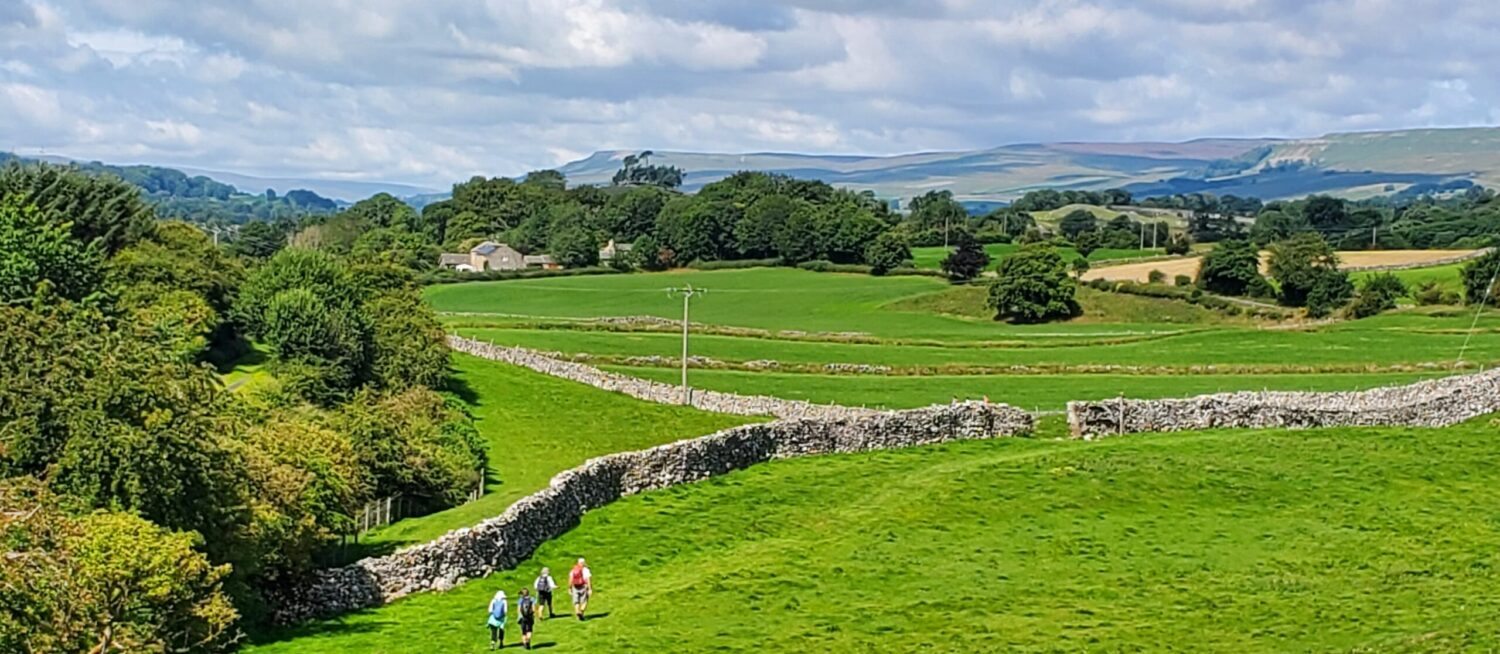Guidance for Walkers
3.2.1 Guidance for Walkers
3.2.1.1 General Guidance For Walkers
- All members walk at their own risk and are responsible for their own safety. They are not covered by any Club insurance.
- New members to any group are always welcome, the minimum age for membership of the club is 16 years.
- People going on Club walks with a view to joining the Club automatically become temporary members of the Club and are invited on a maximum of two walks before joining.
- Members are asked to select a grade of walk within their capabilities. If a member has difficulty maintaining the pace and challenge of a particular grade they are requested to consider another grade of walk.
- Dogs are not permitted on Club walks.
- Walkers are requested to follow the Walk Leader’s instructions. It is generally good manners (and a way of avoiding taking the wrong route) to walk behind them.
- Members in difficulty on a walk should inform the Walk Leader or Back Marker as soon as possible.
- Visitors to the area who wish to walk with the Club should discuss their wishes with the intended Walk Leader. They will become temporary members for two weeks. A minimum age of 16 years applies.
- Members wishing to bring a guest on any walk are asked to contact the Walk Leader to ensure suitability of the walk for the guest and to ensure the Walk Leader is prepared to take the guest on their walk. Should the Walk Leader agree to the guest coming on the walk, the member will be responsible for the behaviour, care and welfare of the guest. A minimum age of 12 years applies to guests.
- Please park and act with consideration for local residents, church-goers, etc.
- When passing cattle, maintain close grouping and proceed quietly.
We always need new Walk Leaders. Members are invited to develop their skills and become Walk Leaders. Any Committee member or other experienced walker will happily help plan and assist in leading a first walk.
3.2.1.2 Kit For Walkers
This section is for general guidance only. Each walker must decide what to take according to the grade of walk, their interests, the challenge of the walk, terrain, weather and their personal needs.
- All members must carry their Emergency Procedures Pack.
- Walking boots or walking shoes. Gaiters and walking poles if used.
- Mobile phone.
- Rucksack with waterproof cover (possibly hi-vis or in a bright colour).
- Food, drink and water for the period of the walk.
- Sit mat.
- Waterproof jacket and waterproof trousers or over-trousers.
- Gloves, an extra warm layer and spare pair of socks.
- Hat, sunglasses and sun protection.
- A first-aid kit with blister plasters and any personal medication.
- Hi-vis tabard. If you do not have one, please ask any Walks Collector or a Committee member to get you one.
- Map, compass and GPS.
- Thermal blanket or survival bag.
- Torch or head torch. Torches are available that shine white or red, or flash intermittently.
3.2.1.3 Road Walking
- When groups are walking on roads without pavements, Walk Leaders should normally ask their group to walk on the right side (so as to face any oncoming traffic). However, the Leader is free to change this, if for example, when approaching a blind right-hand bend, they may wish their group to cross to the left to increase the viewing distance for both walkers and drivers.
- Walking in single file is determined by the Walk Leader and should be respected.
- On roads without pavements and which are likely to carry traffic, the Walk Leader and Back Marker should wear hi-vis tabards.
- If completing a walk at dusk on unlit roads (possibly unexpectedly), the Leader may consider it desirable for both the Leader and Back Marker to carry a lighted torch with the Leader’s shining forwards and the Back Marker’s backwards. Ideally these should be white and red respectively, but both white would be acceptable.
3.2.1.4 Walking Near Livestock
The Ramblers have published advice at Walking near livestock – Ramblers

